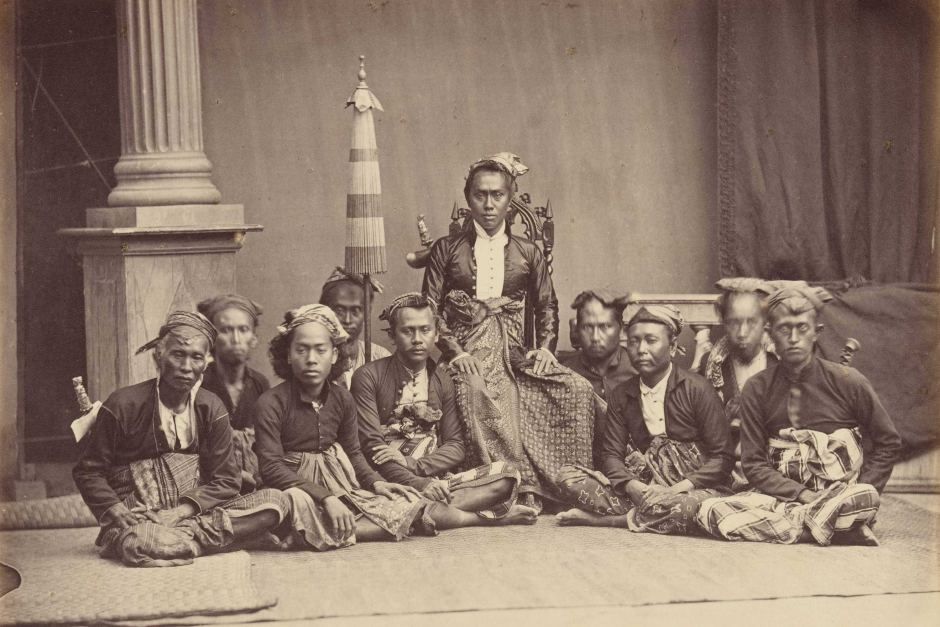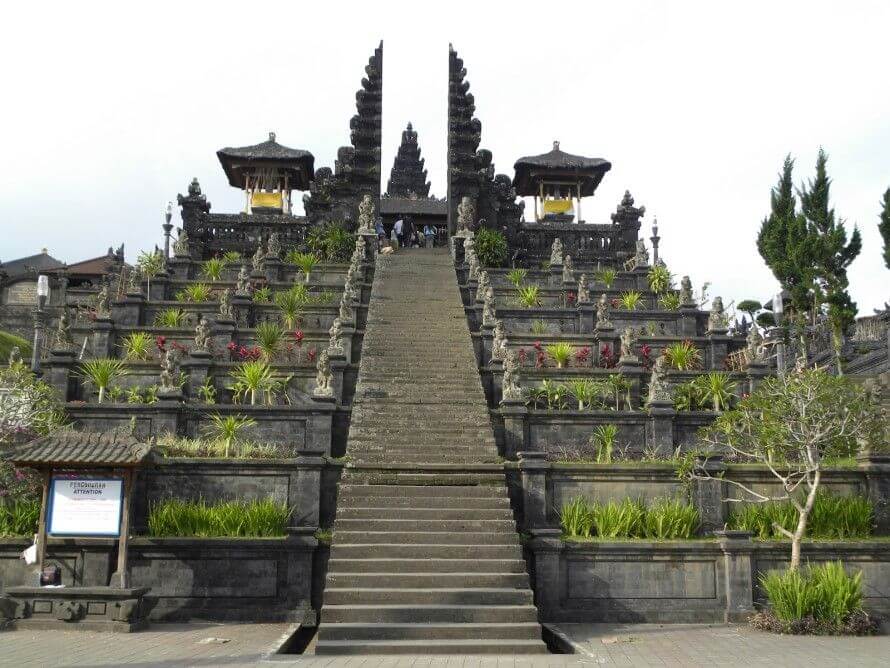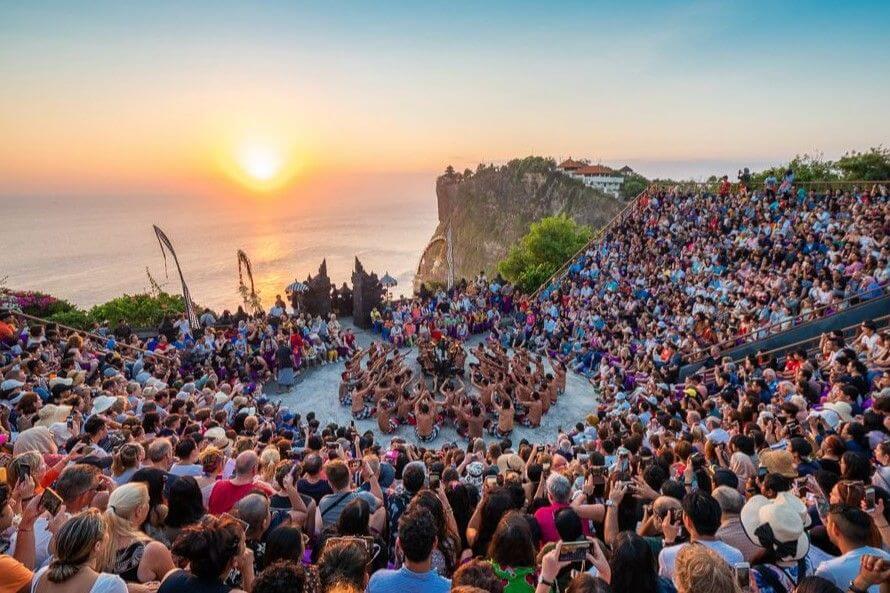The history of Bali begins approximately 2500 B.C., originated by an Asian people who migrated to this island, in the seventh century there was the Chinese culture and by the end of prehistory were the Hindus, exactly in the eighth century.
Bali in the thirteenth century ceased to be independent and became dependent on the kings of Singhasari and by 1343 Bali, became part of the Javanese Empire of Madjapahit, which replaced the kingdom of Singhasari.
The golden age in Bali
The history of Bali continues in the fifteenth century when it became independent from Java and in the sixteenth century considered the golden century for this island, is created the kingdom of Gelgel helping to reach Islam and becomes a cultural center Indo-Javanese.

For a time Bali flourished and the following centuries were considered the Golden Age of Bali’s cultural history. The principality of Gelgel, near Klungkung, became a great gallop for the arts, and Bali became the greatest power in the region, taking control of the neighbouring island of Lombok and parts of East Java.
At the end of the sixteenth century internal wars began that turned the island into an unstable place and a large number of kingdoms emerged in Bali. By 1585 the Portuguese arrived and in 1597 the Dutch who were given the rights in 1743.
By the 19th century the Dutch took control of the island by force and began to conquer it, achieving their conquest in 1908. During the Second World War it was occupied by the Japanese army and in 1945 it was liberated.
The island is again occupied by the Dutch in 1946 and they had the purpose to continue controlling the colony. But in the year 1949 a young Sukarno achieved the independence from all Indonesia, from that moment it belongs to the Republic of Indonesia.
Balinese Civilization
The Balinese civilization is divided into two, one on each side of the Pacific Ocean, the Mayan and the Balinese civilization, both very similar in their religion, iconography and architecture.

The two civilizations in spite of being separated by the Pacific Ocean had a similar culture.», ‘Its temples formed by stepped pyramids and at the top were the temples and on the sides of this snakes and dragons.
In Bali the entrance of the temple had an elephant head, also had images of the third eye, symbols of chakana cross, pyramids, megalithic architecture and the work of the stones.
Culture of Bali
The culture of Bali identifies its inhabitants and they are in each corner of this island, it is conformed by its music, the traditional dress of its inhabitants, the architecture and its gastronomy, also they identify it its religious rites that are according to the calendar.
The religious rites allow each inhabitant to connect with his ancestors, with the gods, with his family and with the community. Another way of showing their culture is through music, dance and performance.
Art of ancient Bali
The art of ancient Bali is based on religious ceremonies, dramas expressed in dances, from Bali and Java, which come from Hindu mythology show fragments belonging to the Hindu epic poems «Mahabharata» and «Ramayana».

The art is also represented by the puppets, which are made of carved and carefully painted leather.
The paintings are found in the caves, most of which consist of hand prints, animal and human figures. The handicrafts have been inherited from different cultures and have various designs, styles and samples.


